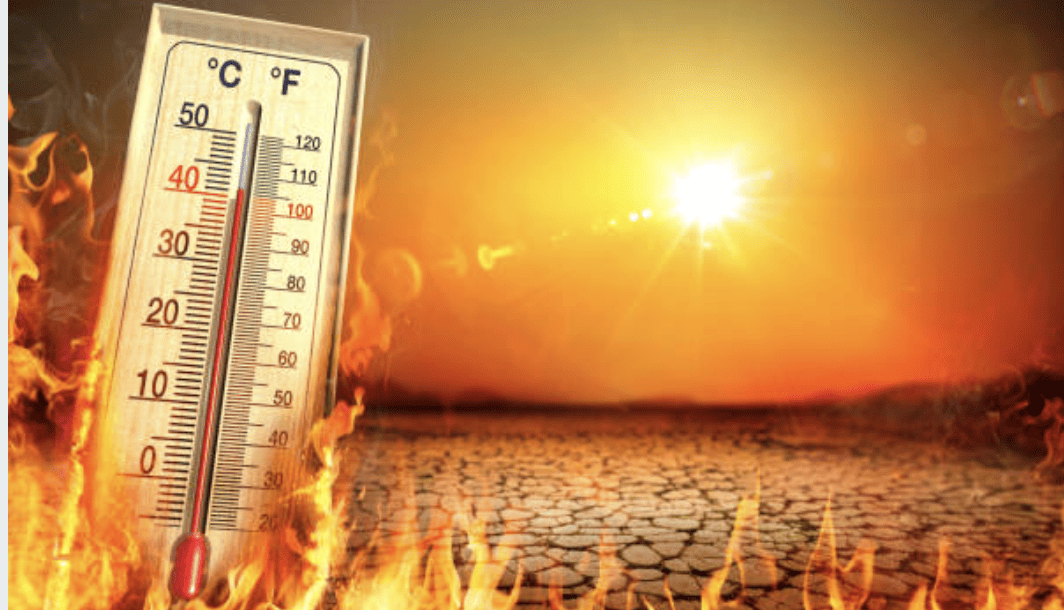
Global Heat Waves, El Niño & Commodities
Click on the image below to hear my interview on July 21st about the global heat waves, my longer-term view on grains and soft commodities


Click on the image below to hear my interview on July 21st about the global heat waves, my longer-term view on grains and soft commodities

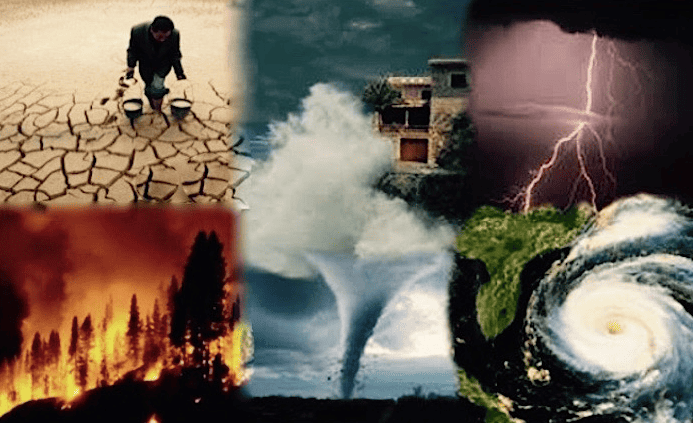
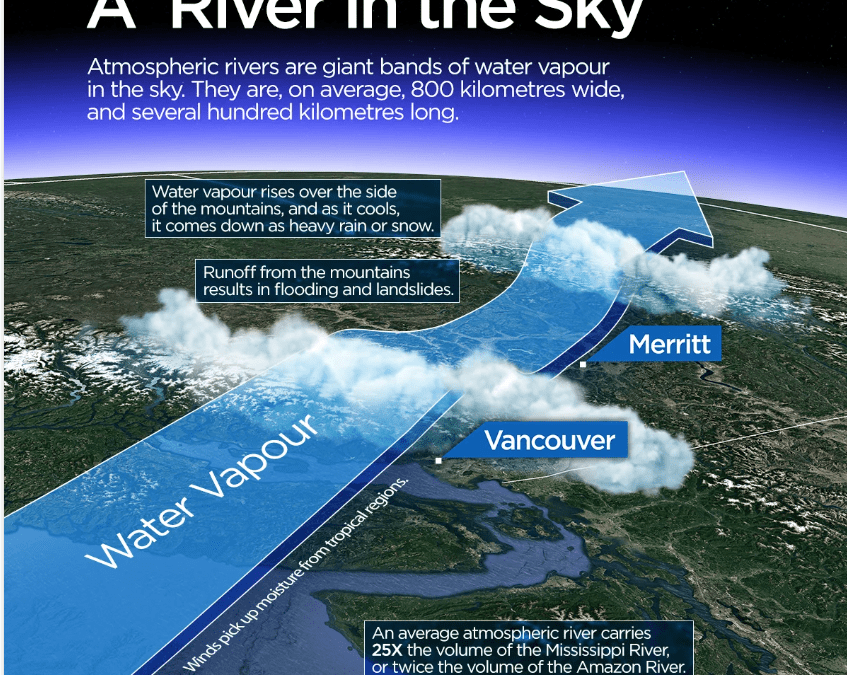
Please click on the video and subscribe to my youtube channel.
The combination of a warming Arctic and a series of strong storms (Atmospheric River) pounding the west coast is having the following effects on commodities:
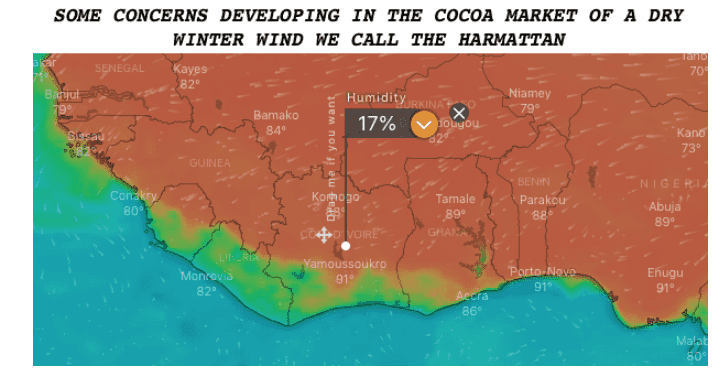
Jim Roemer
Click below to follow Jim Roemer’s commodity trades and receive a free issue of one of his newsletters
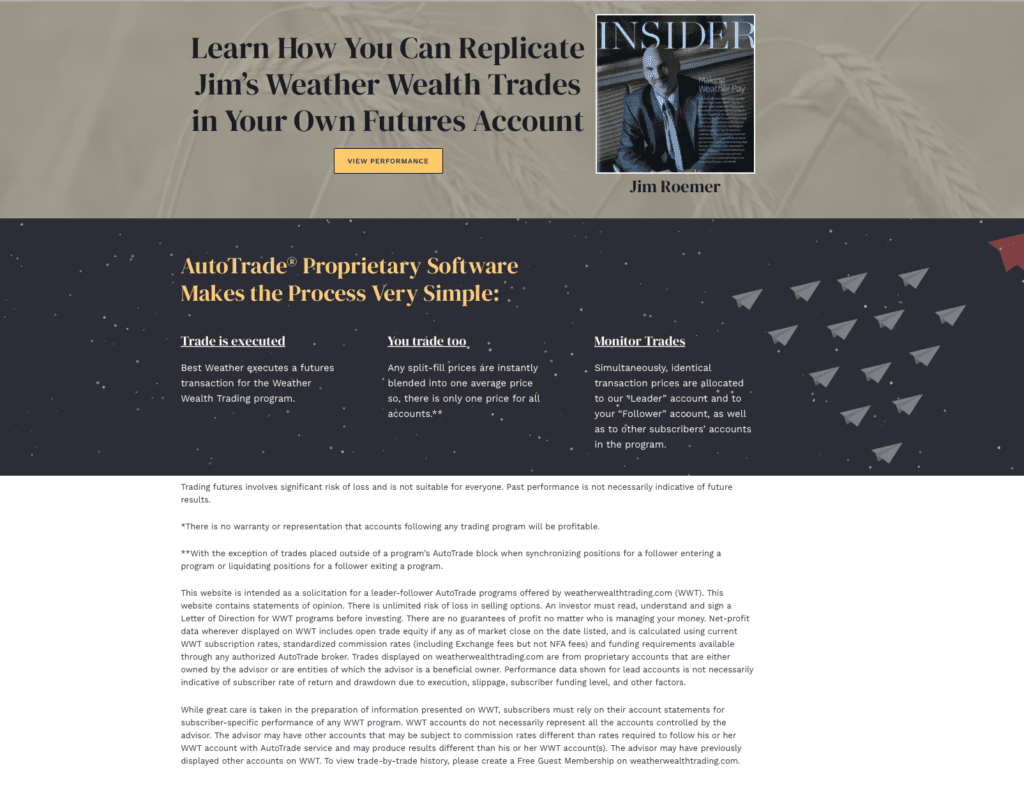
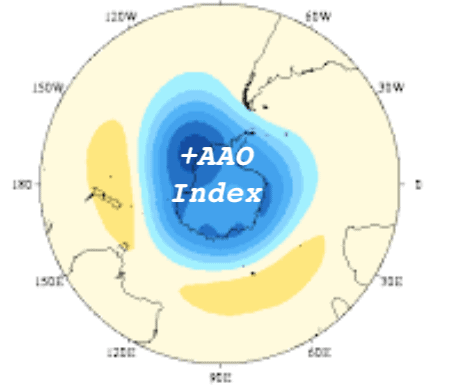
Please click on my video above and subscribe to my YouTube channel
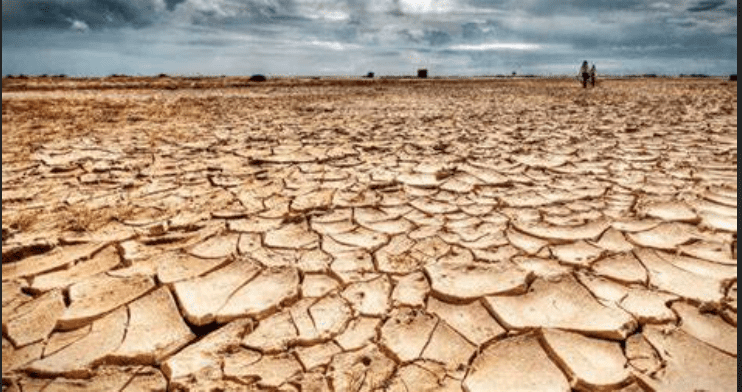
The grain market has been influenced by a variety of factors in the last few months ranging from previous China Covid lockdowns (bearish), poor demand for corn and wheat (bearish), big Australian wheat crops hitting the market (bearish), a potential huge Brazilian soybean and corn crop (bearish) vs the expanding Argentina La Nina type drought (potentially bullish later).
Corn pollination begins in Argentina in the next few weeks and there is little hope of any major relief. I think the Argentina corn crop will eventually fall below 50 MMT.
Till now, corn and wheat traders have basically “yawned” at the expanding Plains drought for wheat (the worst early planted crop in about 20 years from Kansas to Texas) and the drought in Argentina. Why? A couple of reasons 1) The demand side of the equation has been poor; 2) Wheat has 9 lives and commercial grain companies will not panic unless La Nina continues next spring and timely rains do not fall in the important April-May time period.
The one big winner in the grain sector lately has been soybeans. Look at the seasonal of long soybean meal in December that has worked in 13 of the last 15 years and how prices previously skyrocketed.
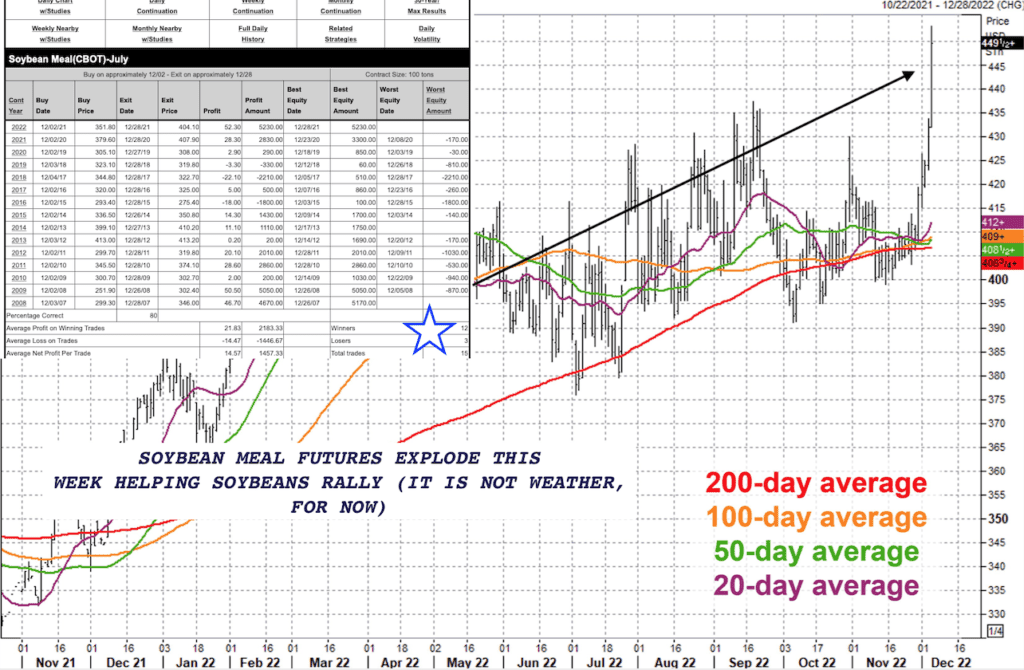
Source: Moore Financial Research

Source: Stormvista models and Weather Bell
With respect to the corn market, again, I expect that prices may bottom soon due to this extreme heat, and La Nina is still alive and well.
But what about next spring and summer? In 75% of the cases since 1950 when La Nina eased and transitioned to a neutral climatic shift, corn and soybean crops were above trend-line. This would be a long-term bearish signal later next year, in which a 15-30% drop in grain prices would occur from whatever highs we make this winter.

Our Weather Wealth newsletter has helped farmers and commodity traders in more than 15 countries make much more informed hedging and investment decisions based on our long-range weather forecasts and 35+ years of analyzing markets. There is so much FREE information out there, much of it old news and inaccurate. We pride ourselves in 2nd guessing forecasting models and understanding market psychology. We also have a unique Best Weather spider that we publish twice a week for multiple markets. Here is an example of how we were slightly bullish on soybeans close to a month ago.
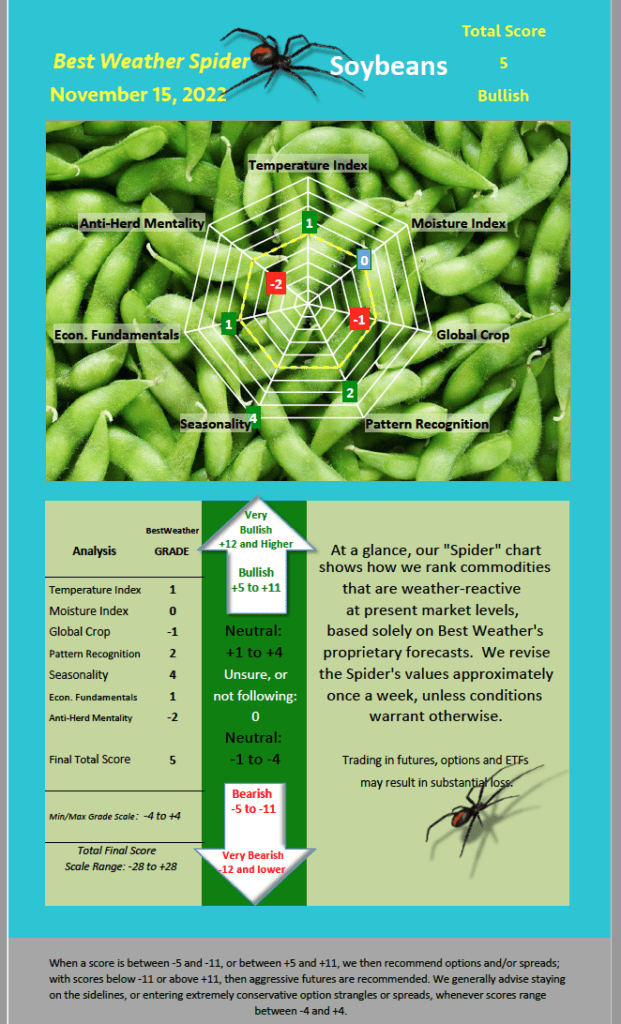
But will our trade sentiment change in the weeks to come and how does one use ETF, futures, and options strategies to take advantage of our information from natural gas to grains, coffee, and much more? If you have not had a FREE TRIAL to Weather Wealth already, here is your chance https://www.bestweatherinc.com/membership-sign-up/
You can also follow our actual trades and track record and replicate our trade ideas here https://weatherwealthtrading.com/home-2/a/668By registering, you will also be able to receive several complimentary issues of our monthly Climatelligence newsletters. Enjoy

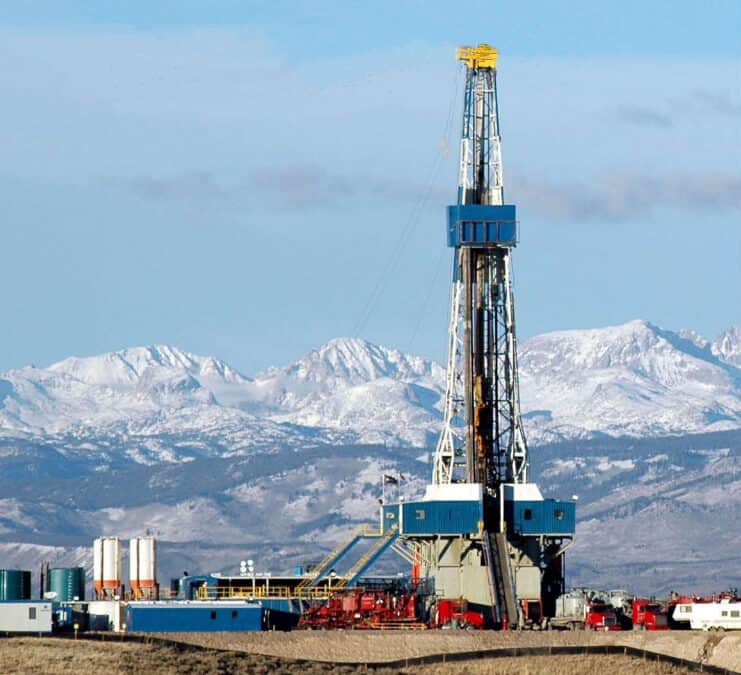
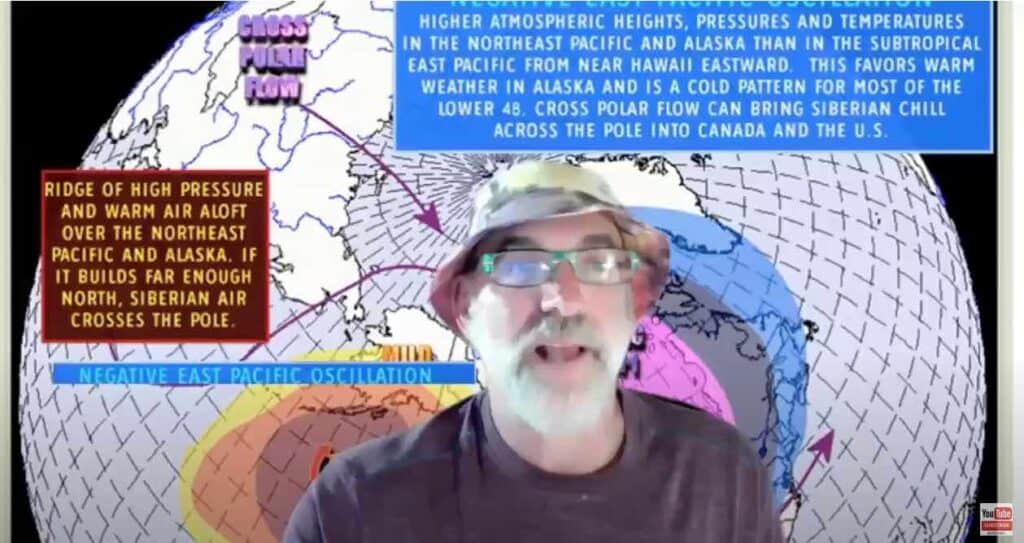
Click here to play the video above.
The historic volatility in natural gas continues. Last Friday, I told WeatherWealth clients about a major change in the weather pattern with a potential colder than normal late November and December. Natural gas prices proceeded to rally $1.00 from last Thursday’s lows and bearish EIA number to this Monday’s highs ($7.22) based on other firms changing their weather forecast.
This video describes both La Nina and what we call a “negative Eastern Pacific Oscillation Index. The combination of these two climatic variables working together can produce a cold, early winter. Why then did natural gas prices pretty much give everything back in one day? Incredible.
Here are the reasons I felt that natural gas (UNG) prices ran up too much, too quickly in the face of changing weather forecasts. After all, we had a near-record warm fall (globally) that has hurt natural gas demand. In addition, the main LNG export terminal in Freeport, Texas has been down for months.
1)Natural gas prices above $5-$6 this time of the year is very unusual as U.S. production continues to grow.
2) While the LNG export terminal will reopen soon, the weather forecast is warm for Europe. Hence, we need to see sustained cold weather, not just here in the U.S. but in Europe to help demand.
3) The weather last week was very warm across the United States and near-record temperatures this week. While potential colder late November and December weather could well occur, the natural gas market was anticipating another bearish EIA report this Thursday.
4) The European forecast models suggest that after just a week or so of U.S. cold, it will warm up again.
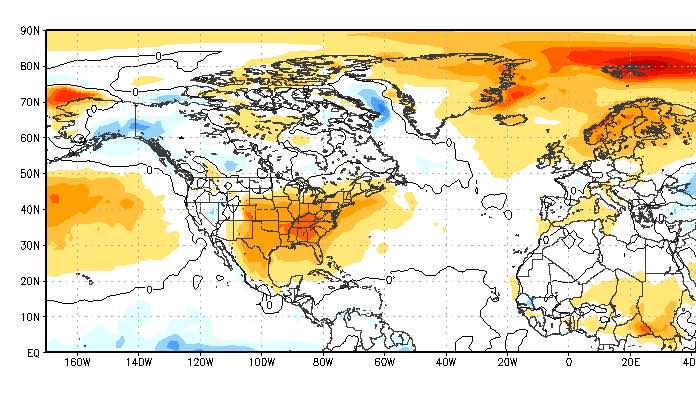
The European Model warms things up after Dec. 6 (red=warmer than normal). Source: Stormvista.com
So what to do in the natural gas market currently?
Based on extraordinary natural gas and weather volatility, using certain option positions is the way to go in this market. This is something we advised quite successfully in several commodity markets over the last few months.
Feel free to take a complimentary trial of our twice-weekly weather-commodity newsletter (Weather Wealth) and see this and many other reports. You can also learn how you can mimic our trade ideas in a new program called AutoTrade. All the information is here:
https://www.bestweatherinc.com/weather-profits/
Here are the headlines from one of our recent Weather Wealth reports.
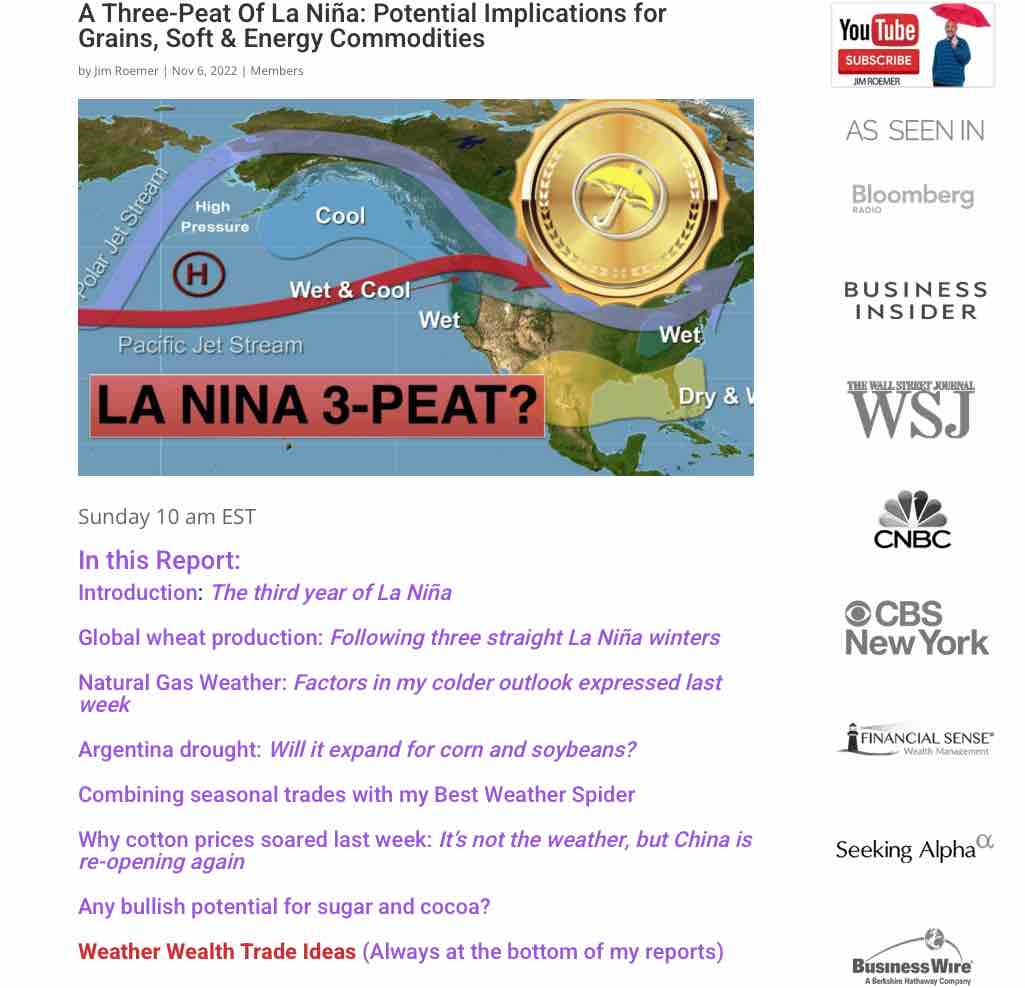
REMEMBER, THERE IS A RISK IN COMMODITY TRADING. PAST PERFORMANCE IS NOT INDICATIVE OF FUTURE RESULTS.